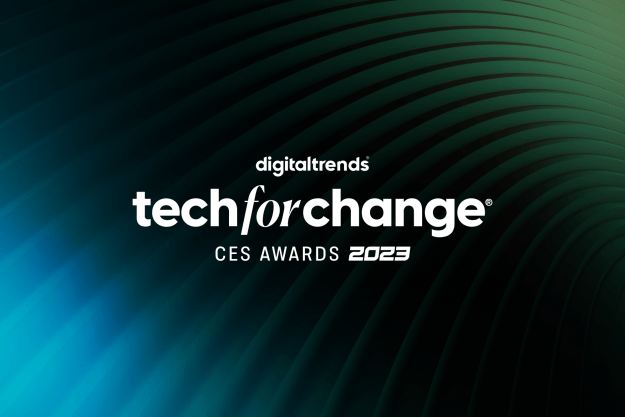Due to the brief period of time a human organ can be kept alive outside the body, organ transplants are a race against the clock. All kinds of different transportation methods have been explored to get organs to the patients who need them, most notably including a world-first, life-saving kidney delivered by drone earlier this year.
At Harvard Medical School, researchers have come up with a different approach. Instead of finding faster ways to race organs to patients, they’ve found a way to extend the length of time organs can be kept outside the human body. This is courtesy of a new “supercooling” technique that makes it possible to safely store organs at sub-zero temperatures without them being damaged by ice crystals in the process. The extra time could allow surgeons to find better matches between donors and recipients, even when they are conceivably on opposite sides of the U.S.
“Human donor organs are normally cooled from body temperature to 4 degrees Celsius which extends their preservation duration from the order of minutes to hours,” Dr. Reinier de Vries, a postdoctoral research fellow in Harvard Medical School’s Center for Engineering in Medicine, told Digital Trends. “We developed a technique to store the organs below the freezing point, completely free of ice. With this technique, we — for the first time — stored human donor organs below the freezing point and successfully rewarmed them, and showed that this method can be used to triple the preservation duration of donor livers. We were able to store the organs completely free of ice by supercooling the organs which keeps the water inside the organs liquid below the freezing point.”
In a demo, the researchers reduced the temperature of a liver to -4 degrees C without damaging it. This was achieved by using protective agents which prevent freezing.
De Vries says that the process of freezing during supercooling is not well understood. As it improves, it may be possible to cool organs even further. Previous research from the lab has demonstrated the importance of removing air-water interfaces to lower the supercooling temperature. Insights such as this will help develop new strategies to stabilize the supercooled state even further, and push the boundaries of supercooling.
There may also be lessons to be learned from nature. “Some freeze-tolerant animals, as one of many examples, produce special proteins that directly shield [against] microscopic ice crystals as soon as they form which prevents water from freezing during supercooling,” de Vries said.
A paper describing the team’s work was recently published in the journal Nature Biotechnology.


